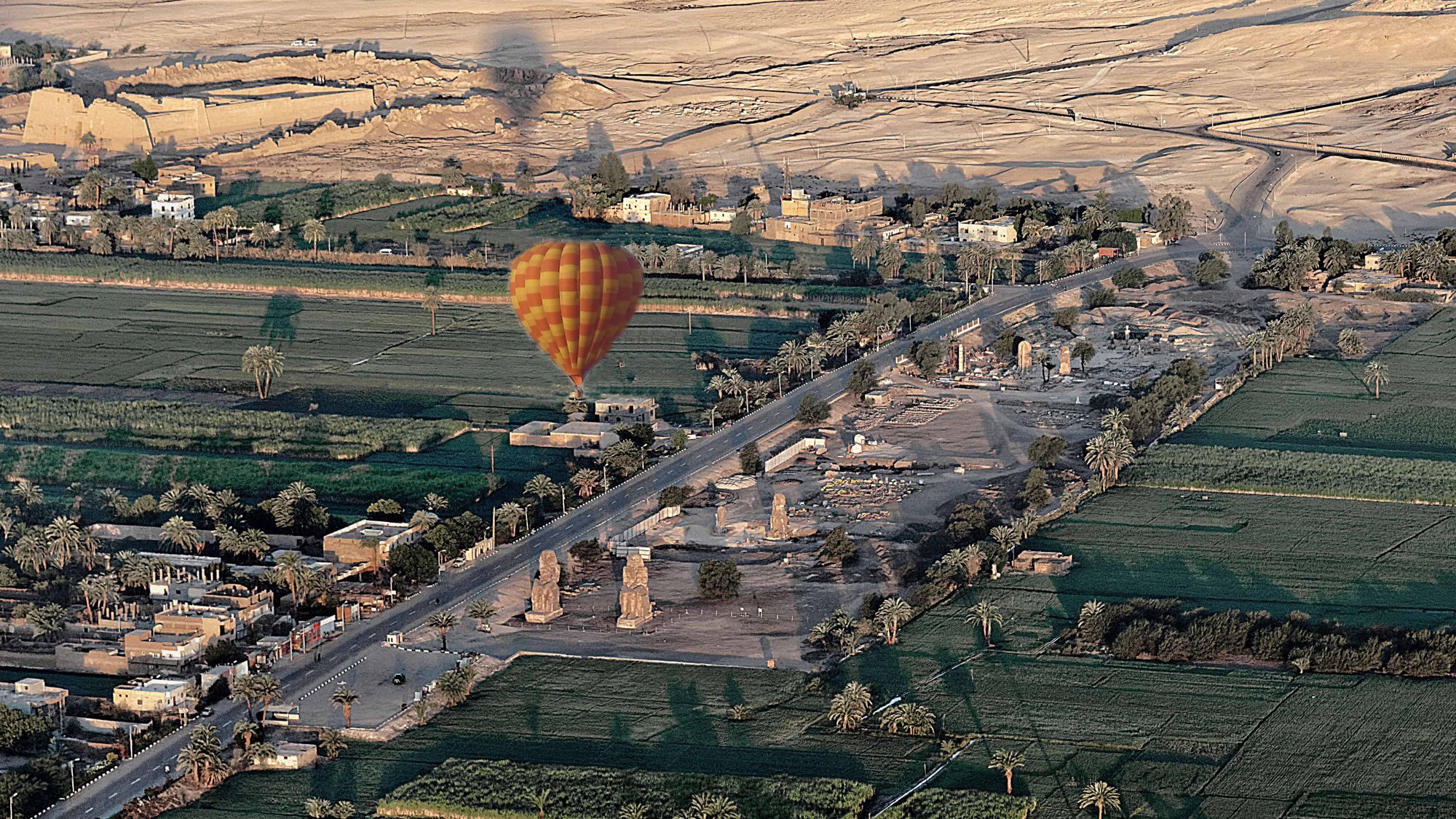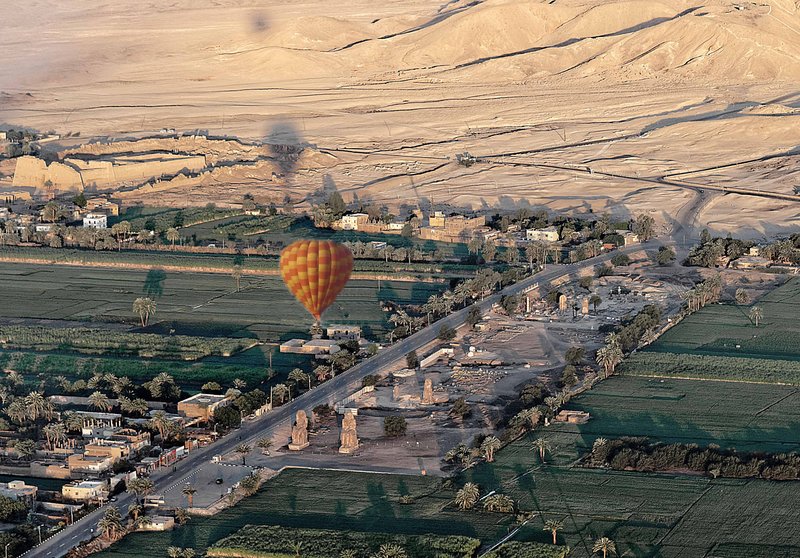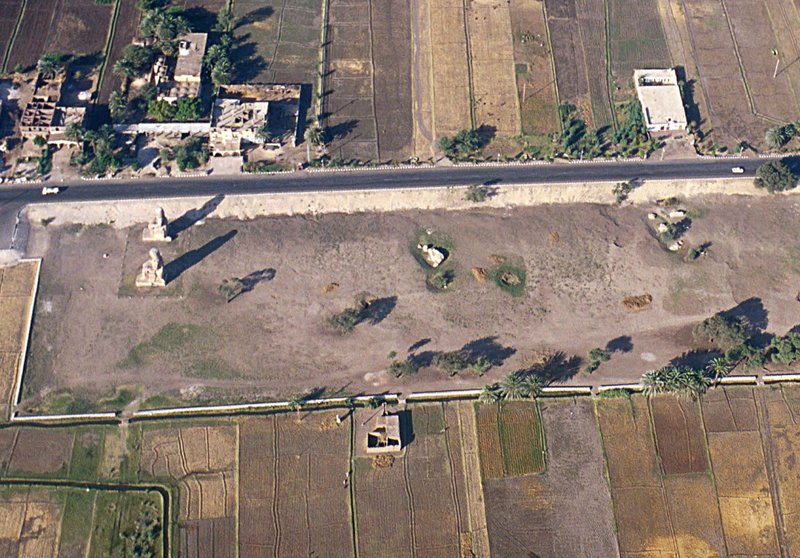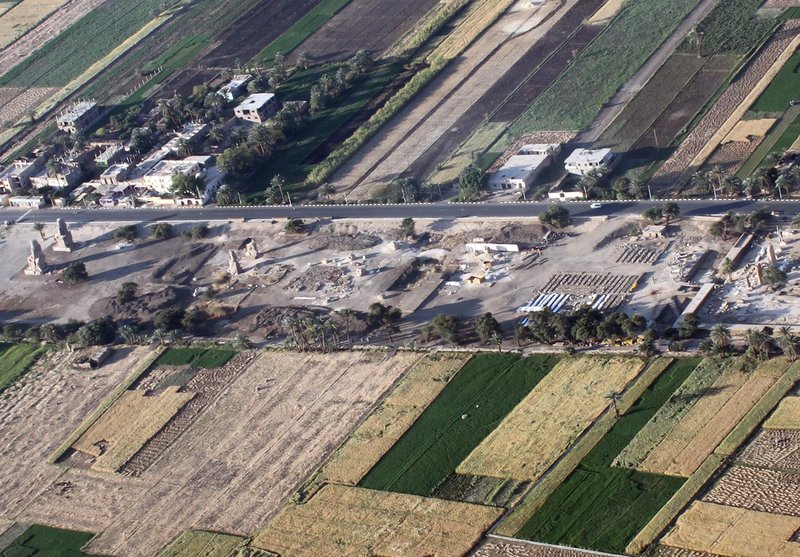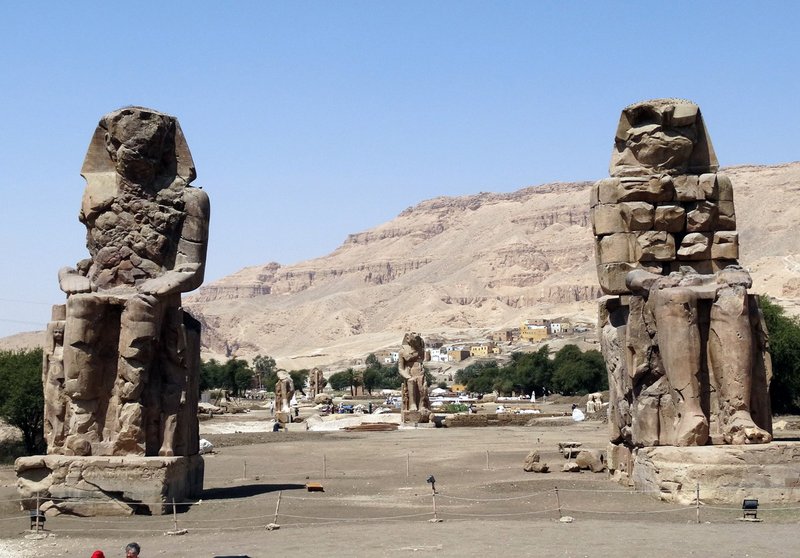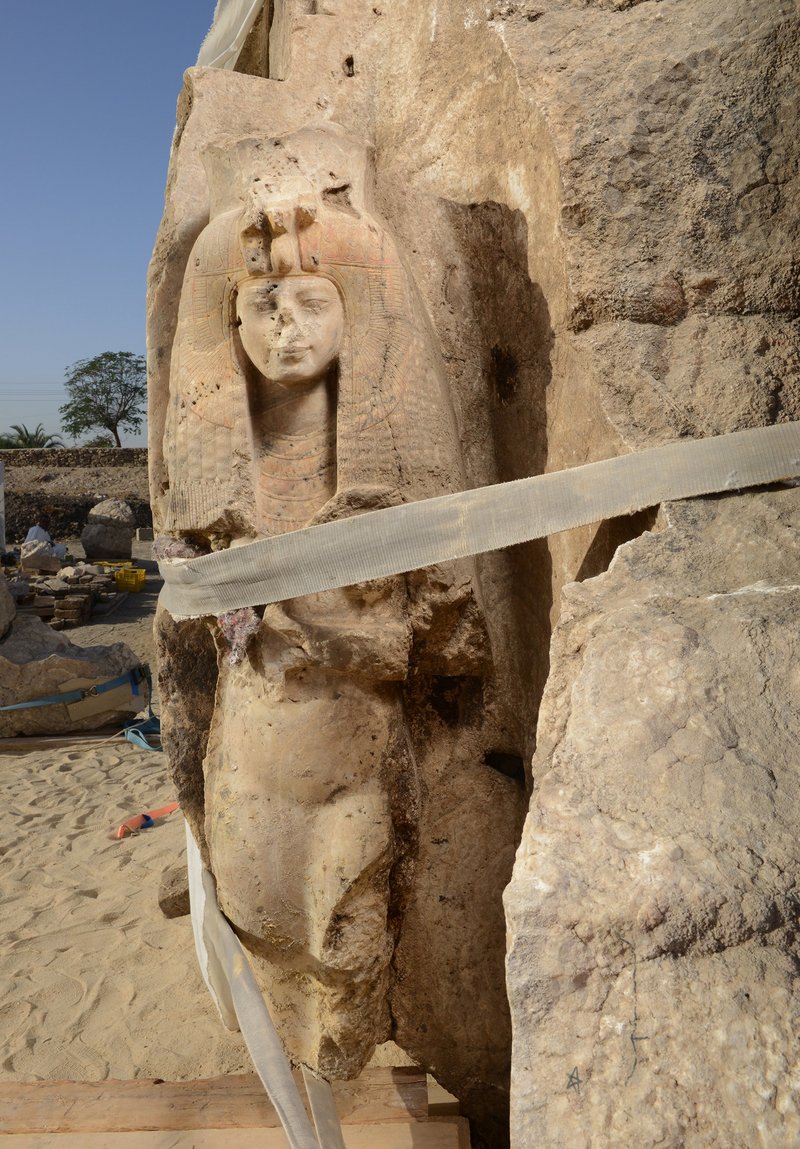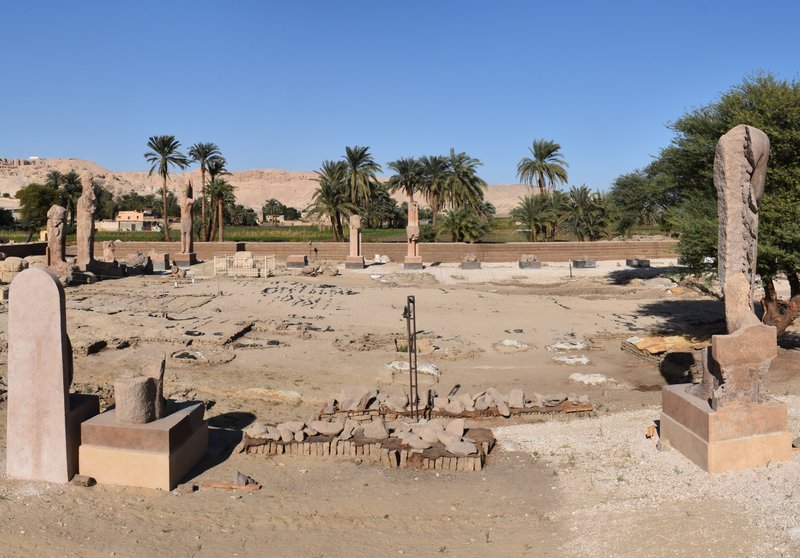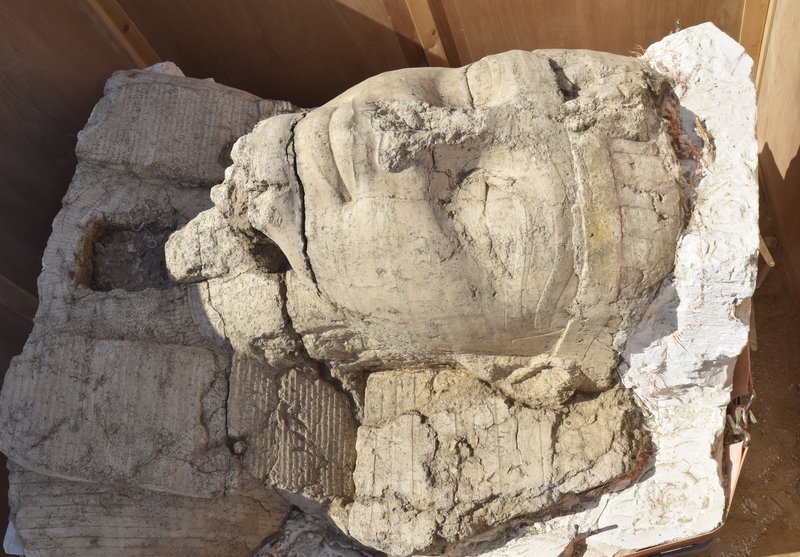Überblick
The project was initiated in 1998 at the Westbank of Luxor, under the auspices of the DAIK and the SCA. The abandoned site was threatened by ground water, salt, vegetation, fire and vandalism. After being selected as one of the 100 most endangered sites by the World Monuments Watch in 1998/99 and 2004, emergency conservation work was comprehended in the ruins of the devastated temple, starting with full documentation and treatment of all visible remains. The ground water was lowered in the Peristyle Court and Hypostyle Hall, making possible the preservation of pavement parts and architectural remains, the mounting and presentation of fragmented and dispersed monuments, the conservation of large royal and divine statues and the recovery of pieces from wall and column decoration. Moreover, at the Second and Third Pylons, beside the discovery of the partly preserved brick structures, thousands of colossal statue fragments were recovered and saved from destruction and theft. Two colossi in quartzite have been reassembled, restored and mounted at the Second Pylon, while two others have been raised at the North Gate of the temple precinct. A pair of unique alabaster colossi are virtually and physically reassembled. The remarkable site offers many insights into architectural, artistic, cultic and economic aspects during the New Kingdom and beyond, using various methods and technologies to conserve, study and reconstruct an important temple of millions of years for the future.
